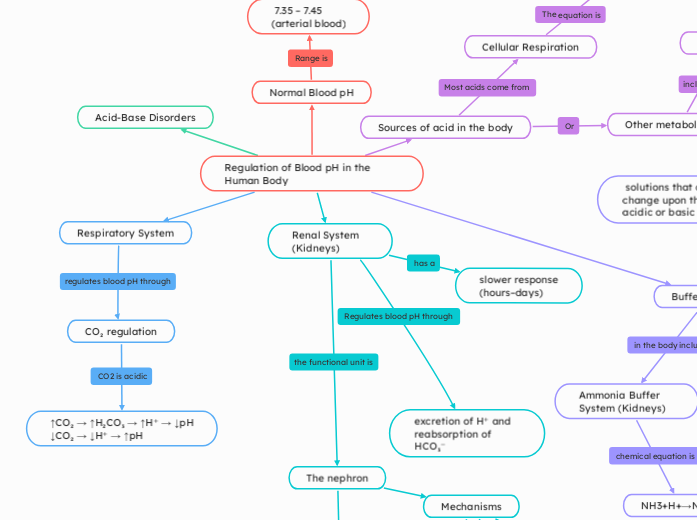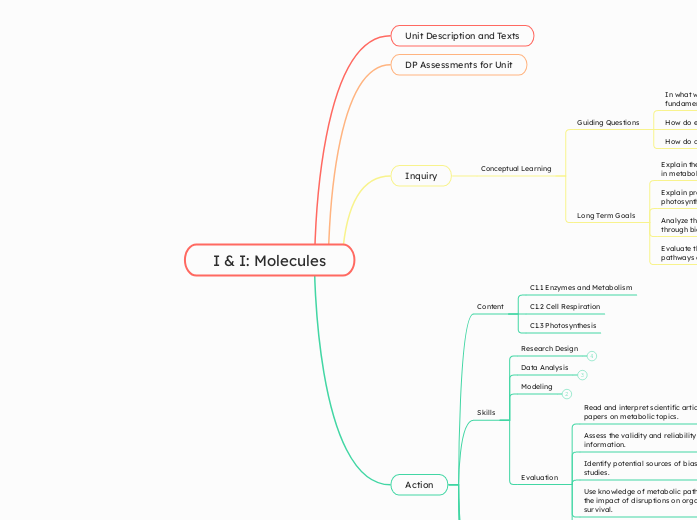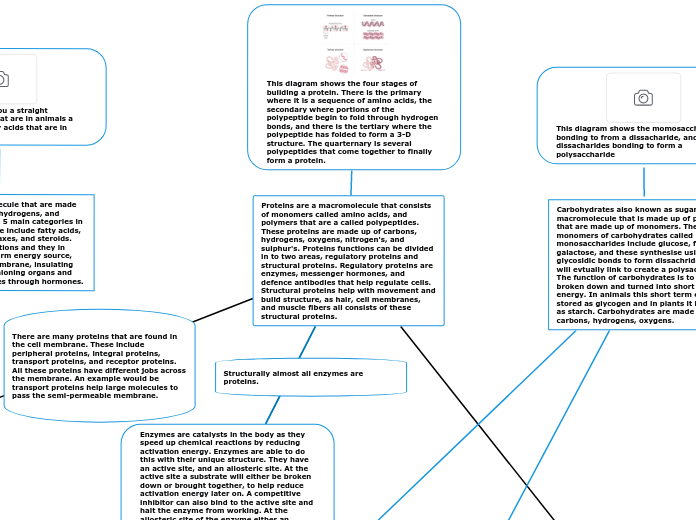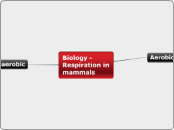Mais informações
I & I: Molecules
por Rachael Kriete
Proteins are a macromolecule that consists of monomers called amino acids, and polymers that are a called polypeptides. These proteins are made up of carbons, hydrogens, oxygens, nitrogen's, and sulphur's. Proteins functions can be divided in to two areas, regulatory proteins and structural proteins. Regulatory proteins are enzymes, messenger hormones, and defence antibodies that help regulate cells. Structural proteins help with movement and build structure, as hair, cell membranes, and muscle fibers all consists of these structural proteins.
por Brian Park
Biology - Respiration
por Ethan Attwood
Cell Respiration
por Kaley Freund
heavily involves the
Regulation of Blood pH in the Human Body
Acid-Base Disorders
(medical applications)
Alkalosis (pH > 7.45)
Metabolic Alkalosis
high HCO₃⁻ or low acid
Acidosis (pH < 7.35)
Metabolic Acidosis
low HCO₃⁻ or high acid
Renal System (Kidneys)
The nephron
Key areas
Collecting Duct
traps H⁺ using NH₃ →NH₄⁺ (pee)
Distal tubule
Proximal tubule
metabolizes glutamine → 2 NH₄⁺ + 2 HCO₃⁻
Mechanisms
Secrete H⁺
Reabsorb HCO₃
slower response
(hours–days)
excretion of H⁺ and reabsorption of HCO₃⁻
Respiratory System
CO₂ regulation
Le Chatelier’s Principle
CO₂ decreases, equilibrium shifts left → fewer H⁺ → higher pH
CO₂ increases, equilibrium shifts right → more H⁺ → lower pH
↑CO₂ → ↑H₂CO₃ → ↑H⁺ → ↓pH
↓CO₂ → ↓H⁺ → ↑pH
Hyperventilation (↑ breathing rate):
CO₂ eliminated rapidly
Respiratory Alkalosis
Hypoventilation (↓ breathing rate)
CO₂ accumulates
Respiratory Acidosis
Buffer Systems
solutions that can resist pH change upon the addition of an acidic or basic components.
Ammonia Buffer System (Kidneys)
NH3+H+→NH4+
NH₃ freely diffuses, NH₄⁺ is trapped in urine and excreted
Generates new HCO₃⁻ for each H⁺ secreted
Protein Buffers
Hemoglobin in red blood cells
Reduces Hemoglobin's affinity for O₂ (facilitates delivery)
Bohr effect
Binds H⁺ directly
deoxygenated Hemoglobin binds more CO₂ and H⁺
Haldane Effect
Phosphate Buffer System
Urine & Intracellular Fluid
generate new bicarbonate (Le Chatelier’s Principle)
H2PO4−⇌H++HPO42
excrete H⁺ in kidneys via NaH₂PO₄ (acidic salt)
Bicarbonate Buffer System (Main System in Blood)
Act instantly to resist pH changes
CO2+H2O⇌H2CO3
H2CO3⇌H++HCO3
Sources of acid in the body
Other metabolic acids
Dietary intake or drug metabolism
Ketone bodies
fat metabolism, diabetic ketoacidosis
Lactic acid
anaerobic exercise
Cellular Respiration
CO2+H2O↔H2CO3
H2CO3 ↔H+ +HCO3−
carbonic acid dissociating into bicarbonate and hydrogen ions
Normal Blood pH
7.35 – 7.45 (arterial blood)
Ionization of intermediates in biochemical pathways
Oxygen delivery (Bohr effect)
Enzyme activity









